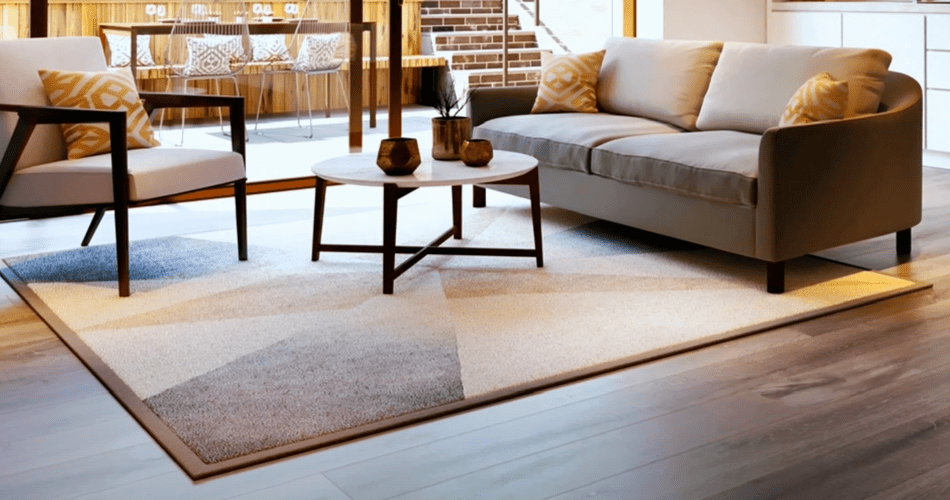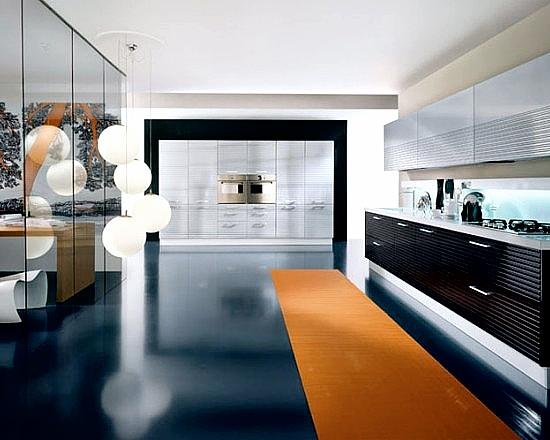The color scheme of a living space.
One of the most difficult aspects of creating an interior that is not only attractive but also functional necessitates a great deal of information. The color palette of the room is vital in establishing a comfortable environment. Is it feasible to select the color of the floor while considering the greatest number of factors that influence not only the appearance of the premises but also the indicators of living comfort? First and foremost, because the floor is the foundation of the interior, its color should be coordinated and complement the overall attractiveness of the design.
In this article, we will go through how to choose the color of the floor in conjunction with other aspects of the interior – new or old – and how to design unique rooms, but first you should understand the general rules.
Please, read our post and do not forget to check our YouTube channel “Grig Stamate”:
https://www.youtube.com/@GrigStamate
You will find there, thousands of designing, furnishing, and decorating ideas for your home interior and outdoors.
Allow me to mention one of them:
Decorating Ideas Around Dark Floor | CREATIVE DECORATING IDEAS #8 (video)
Watch here a beautiful video from YouTube channel
https://www.youtube.com/@rebeccarobeson1
Open FAMILY ROOM Floor Plan Ideas | #WWRD 8 (video)
Floor color – general recommendations.
At the start of the repair stage, it is vital to emphasize the intended outcome as well as the influence of other aspects in the interior. Comparing all of the details will yield more than one total. To give each area a distinct identity, it is vital to select a floor covering that is both functional and particular to you.
Highlighting several options:
Light hues visibly expand space and complement other colors. However, there are some exceptions; for example, for a shade of white oak, hues such as chocolate, chestnut, and red are not appropriate.
If the colors of the floor and doors differ, it is preferable that the door corresponds with the shades of furniture in the room.

You may harmoniously mix or emphasize the interior composition by using the color combination gender or doors with plinth.
Cold tones should be avoided in northern and tiny rooms; they are more suitable in large rooms with a high natural level of illumination.
Use no more than three colors in a combination to avoid creating disharmony in the decor. This is one of the primary criteria for preventing oversaturating the interior with color. Adding new hues is a difficult task. Black, white, and gray are monochromatic and complement all colors; the others are achromatic and can only be represented in a few tones. So, there are plenty of possibilities.
The triangle rule states that the colors in the interior should be in varying volumes and organized into three groups: main, accent, and extra. The main color can be the floor and walls; the ceiling in this case is usually white; supplementary colors include furniture and accents.
Characteristics of different shades of floors.
White floors complement every style and interior design and are linked with cleanliness and conciseness. White tones are unobtrusive and will surely create a feeling of lightness and spaciousness, brightening the room and compensating for the lack of natural light. White floors with green walls and white with purple accents accentuate prestige. Make classic white flooring and yellow walls, but brown walls seem strict; they may be used as an option in the design of vast living rooms.
Gray colors have a unique plasticity that blends organically into any space and provides a tranquil and beautiful appearance. Gray and blue can be utilized for bedroom and workplace design, gray with orange can soothe nervous system activity, however gray with green is not advised. Gray and violet look fantastic together; “the third will not be superfluous”; you can still add white tones to this combination, but gray should take precedence. The female half opts for a gray and pink color scheme, which she describes as “airy.”
Beige and yellow. Bright yellow tones are employed in modern design to make it unique and appealing. Because of its beauty and class, soft and tranquil beige blends into any decor. Color details, like real wood, will never go out of style. All colors of walls and ceilings can be used in conjunction with this. If you need to make more room, add white and brown for severity.
Red is a powerful and bold color. The inside red colors of noble expensive wood seem catching and create an expensive special appeal. It is not advisable to combine red with blue.
The effect of combining the color of the floor of the walls and ceiling.
Consider color schemes for living rooms, which can be useful during restorations.
Dark floors contrast with pale walls and ceilings.
Using a contrasting color scheme, the space will always look stylish and expressive, and combining light tones with rich dark colors can mask shortcomings while emphasizing the room’s advantages.
Low ceiling rooms should utilize dark colors on the walls, wallpaper with vertical stripes, or images. If necessary, use thin skirting to match the wall, or avoid skirting altogether if possible. The ceiling is light, but the floor is dark. Because of the vertical lines, the space appears to “stretch” on the walls, and the light ceiling opposite appears to be enormous. The dark color usually creates depth.
A small room with low ceilings
The same strategy as stated in the previous edition is employed in this case, but it is worth supplementing with a contrasting light color on one wall, seemingly shortening the extended room. If the room has a window, it can be issued light curtains to the floor using the ceiling cornice; this option will make the space appear larger.
It is critical. With dark walls and a dark floor, use furniture in light hues and colorful decor items. Such tactics will increase the volume. The sofa or bed opposite should be used to visually “push” the room.
Dark floors combined with dark walls and light ceiling.
Using multiple hues of the same color scheme will create a harmonious and historic look in any environment. Colors suited for fans of a monotonous lifestyle or traditional to their liking are dark chocolate for the floor, cocoa for the walls, and milk for the ceiling. A gradual transition from dark to light creates peace and tranquility, and it is worth noting that such a combination is appropriate for any space, whether it is a bedroom, guest room, or corridor. Contrasting skirting boards, doors, and cornices in white, dark brown, or black can be added to this collection. Furniture and accessories are selected at your discretion and preference, but with the warm saturation of the walls and ceiling in mind.
Dark floors combined with light walls and a light ceiling.
If you choose dark flooring for small low-ceilinged rooms, don’t be frightened that it will shorten the room’s height. Light shades can be used for walls, ceilings, drapes, and other components such as baseboards, plat bands, and cornices. It is not advisable to stock up on big quantities of rich texture and color in furniture. Lay a light little mat on the floor and select decor objects with laconic shapes and graceful lines.
Other related posts from our website:
https://howtobuildahouseblog.com/light-wood-the-perfect-floor-for-the-living-room/
https://howtobuildahouseblog.com/wooden-flooring-trends-in-the-contemporary-interior-design/
Thank you so much for your attention.
Stay tuned. We will upload many other amazing posts to our website and videos onto our YouTube channel.
Thank you so much for your time and attention.
Best Regards
See you to another post,
Bye, Bye


